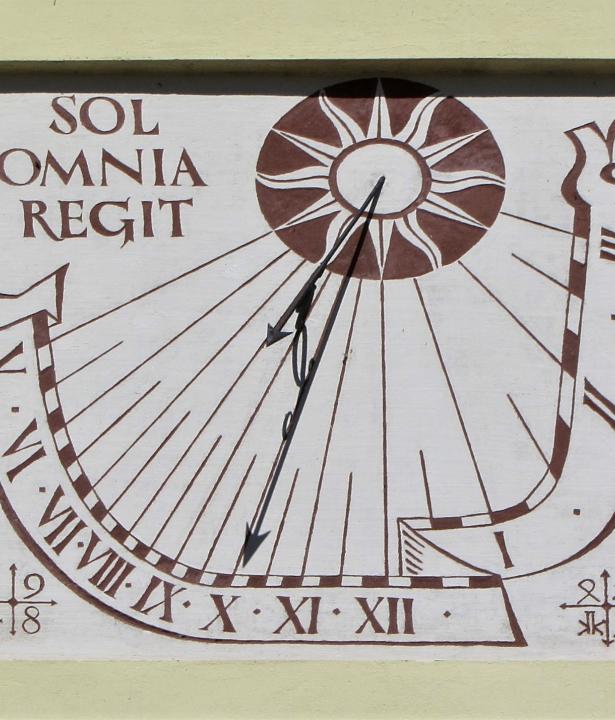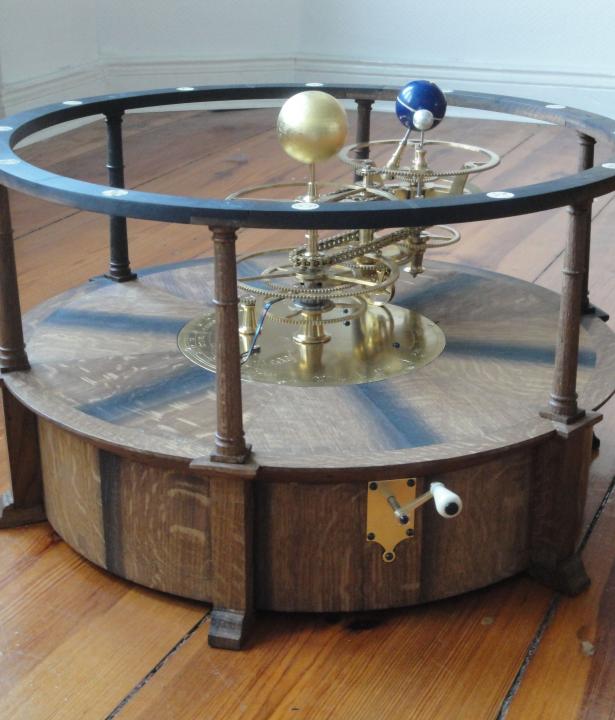Many museum objects hold secrets: Not infrequently, their origin and maker, their age, or their various owners are hardly known, if at all. Often, one has to rely on assumptions and guesses. A toolbox from present-day Kazakhstan, however, is a bearer of secrets in more ways than one.
Text
n the 1950s, Akmolinsk was the center of a massive infrastructure and construction program with which the Communist Party under the leadership of Nikita Khrushchev wanted to turn the north of the Kazakh Soviet Republic into a second granary for the Soviet state. To this end, large parts of the Russian-German population were also deliberately moved to this region.
Only here, at his new place of exile, and only after the repressions against the ethnic German minority had been partially withdrawn from the mid-1950s, was Thießen able to accept a better job as a carpenter in a furniture factory. By now, at the latest, he demonstrably owns the wooden suitcase, which he uses as a toolbox for his professional work.
Only here, at his new place of exile, and only after the repressions against the ethnic German minority had been partially withdrawn from the mid-1950s, was Thießen able to accept a better job as a carpenter in a furniture factory. By now, at the latest, he demonstrably owns the wooden suitcase, which he uses as a toolbox for his professional work.
Text
Among the holdings of the Museum of Russian-German Cultural History is a mysterious wooden case that captures the imagination. Well hidden and easy to overlook, it has a secret compartment, but it is unclear what it once hid and what it was created for.
One thing we do know is the person to whom it belonged, namely, Gerhard Thießen, who was born in 1926 in the Orenburg region of the Soviet Union – which today lies in southern Russia, more than a thousand kilometers southeast of Moscow, near the border with Kazakhstan. Because of his Russian-German origins, the teenage Thießen was taken from his home in 1942 and forced to work in a camp in Perm, almost eight hundred kilometers to the north, in the foothills of the Ural Mountains. A few years later, he was then assigned to civil engineering work in the city of Akmolinsk, then a comparatively insignificant town in the North Kazakh steppe, today a city of millions and capital of Kazakhstan under the name Nur-Sultan.
One thing we do know is the person to whom it belonged, namely, Gerhard Thießen, who was born in 1926 in the Orenburg region of the Soviet Union – which today lies in southern Russia, more than a thousand kilometers southeast of Moscow, near the border with Kazakhstan. Because of his Russian-German origins, the teenage Thießen was taken from his home in 1942 and forced to work in a camp in Perm, almost eight hundred kilometers to the north, in the foothills of the Ural Mountains. A few years later, he was then assigned to civil engineering work in the city of Akmolinsk, then a comparatively insignificant town in the North Kazakh steppe, today a city of millions and capital of Kazakhstan under the name Nur-Sultan.
Text
[n the 1950s, Akmolinsk was the center of a massive infrastructure and construction program with which the Communist Party under the leadership of Nikita Khrushchev wanted to turn the north of the Kazakh Soviet Republic into a second granary for the Soviet state. To this end, large parts of the Russian-German population were also deliberately moved to this region.
From the mid-1950s, the repressive measures against the ethnic German minority began to be withdrawn. So it was here, in his new place of exile, that Thießen was finally able to find a better job as a carpenter in a furniture factory. By now, he owned the wooden case, which he used as a toolbox for his professional work.
From the mid-1950s, the repressive measures against the ethnic German minority began to be withdrawn. So it was here, in his new place of exile, that Thießen was finally able to find a better job as a carpenter in a furniture factory. By now, he owned the wooden case, which he used as a toolbox for his professional work.

Museum für russlanddeutsche Kulturgeschichte, Free access - no reuse
Museum für russlanddeutsche Kulturgeschichte, Free access - no reuse

Museum für russlanddeutsche Kulturgeschichte, Free access - no reuse
Museum für russlanddeutsche Kulturgeschichte, Free access - no reuse

Museum für russlanddeutsche Kulturgeschichte, Free access - no reuse
Museum für russlanddeutsche Kulturgeschichte, Free access - no reuse
Text
English translation: William Connor









